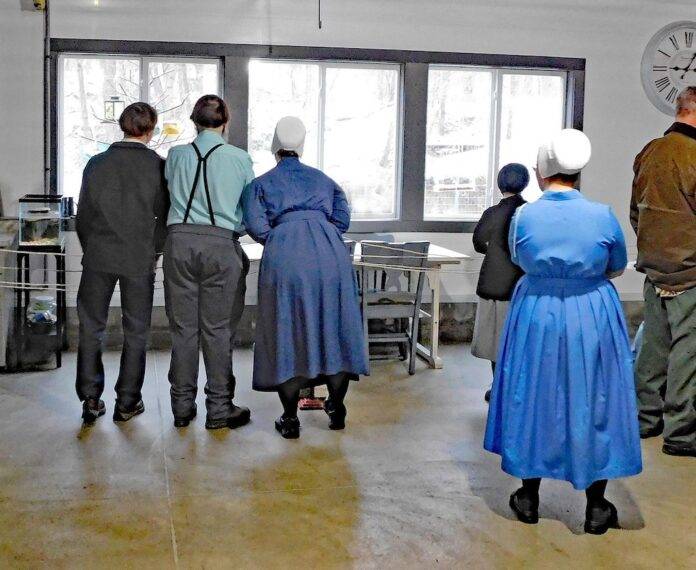The Great Backyard Bird Count (GBBC) is an exceptional initiative that offers a unique opportunity to combat the winter blues while contributing to vital scientific research. Since its inception in 1998, the GBBC has evolved into a collaborative project involving the National Audubon Society, the Cornell Lab of Ornithology, and Birds Canada. Notably, in 2013, the count transitioned to a global scale, establishing itself as the world’s largest community science project. The best aspect of this initiative is its accessibility; anyone can participate, regardless of their level of birdwatching expertise.
How to Participate
The GBBC takes place annually over a four-day period in mid-February. During this time, individuals can engage in birdwatching alone or with friends, keeping track of the various bird species they encounter. Whether you choose to observe from a bird feeding station in your backyard or venture into local parks, the experience is both enjoyable and rewarding. Participation requires a minimum commitment of just 15 minutes over the four days; however, many enthusiasts invest hours each day compiling their bird lists.
The Value of Data Collection
The data collected by citizen scientists, like you and me, is submitted online and aggregated into a comprehensive database for scientific analysis. This wealth of information derived from thousands of submitted checklists each year is invaluable for understanding shifts in bird populations and habitats. The GBBC has proven instrumental in raising awareness regarding the fluctuating numbers of some of our most familiar bird species.
By meticulously analyzing this data, scientists can identify early warning signs indicating fluctuations in bird populations, whether increases or declines. The geographical distribution of bird species recorded in these checklists may reveal significant insights into their expanding or contracting ranges. Noteworthy changes can shed light on pressing environmental issues that warrant further investigation. Additionally, researchers can assess how bird species differ in urban settings compared to more natural habitats.
Each year, participation in the GBBC continues to grow. In the previous year alone, there were an impressive 642,003 participants from 210 countries or subregions. A remarkable total of 384,416 checklists were submitted, documenting an astonishing 7,920 different bird species. Moreover, 385 community events were reported worldwide, demonstrating the widespread enthusiasm for this event.
Upcoming Event: February 2025
This year, the Great Backyard Bird Count is scheduled to take place from February 14 to 17. For those interested in participating, detailed information can be found on the official website at www.birdcount.org/. You may also want to check with your local park district to see if they are hosting any events or simply choose to count birds in your own backyard. If you do not have access to a computer, consider asking a friend to assist you in entering your data online.
Join Me at Nature Lover’s Nest
Having participated in this count since its inception, it has become a cherished winter tradition for me. This year, I will be spending time at Nature Lover’s Nest, an Amish-owned bird store renowned for its extensive inventory of bird-related products and a remarkable bird-feeding viewing area. If you live in the vicinity, I invite you to join me in tallying birds on Friday, February 14, from 9-11 a.m. or Saturday, February 15, from 9 a.m. to noon. The store is conveniently located at 17169 Swine Creek Road, Middlefield, Ohio.
Participating in the Great Backyard Bird Count instills a sense of pride and accomplishment. The collective efforts of citizen scientists play a crucial role in understanding the dynamic nature of bird populations and the intricate patterns that influence them globally. Each observation contributes to a larger narrative, akin to assembling a complex puzzle. Every checklist submitted is an essential resource for researchers. Ultimately, the future of our avian friends depends on our commitment to these efforts.
Get our Top Stories in Your Inbox





